Part 32: The DLC II
 Don Paolo's Theme (Live Version)
Don Paolo's Theme (Live Version)
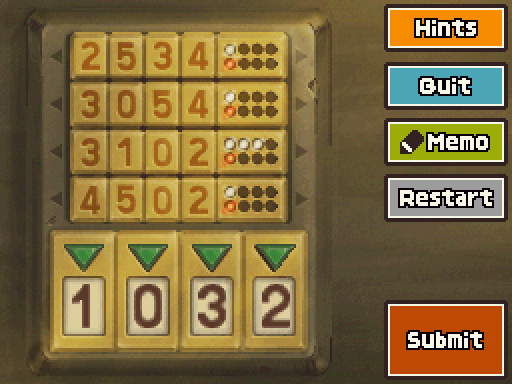
It's really obvious that 3, 1, 0 and 2 are the four numbers you need. The rest is deduction by eliminating the impossible.

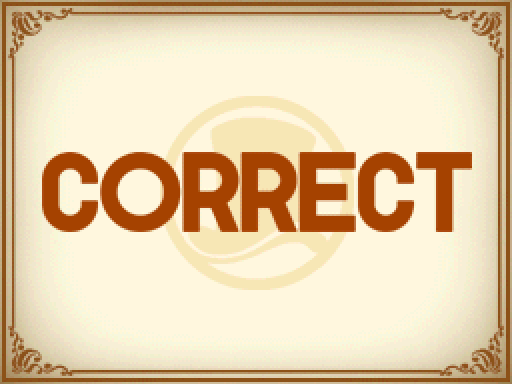
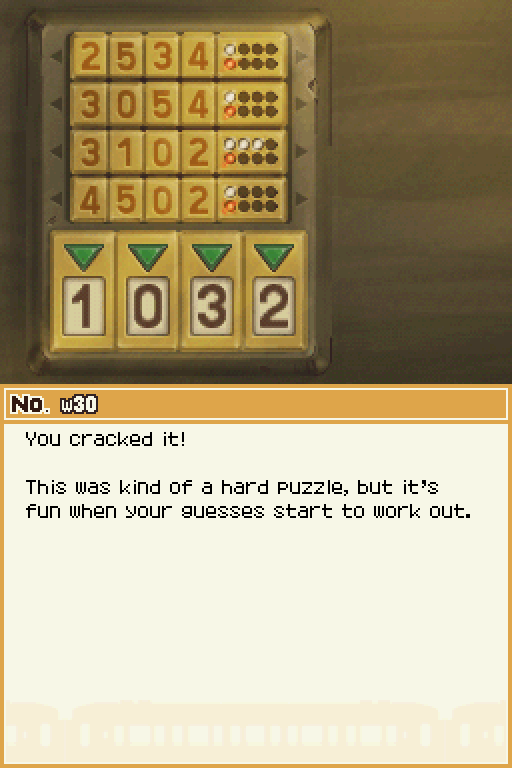
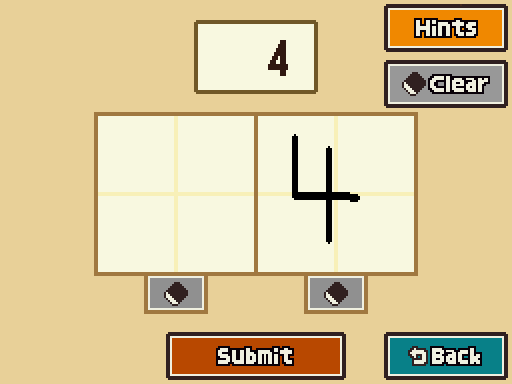
This seems like a pretty simple and straight-forward puzzle at first glance, doesn't it? Lowest result should be the result of taking the lowest value available on each die...

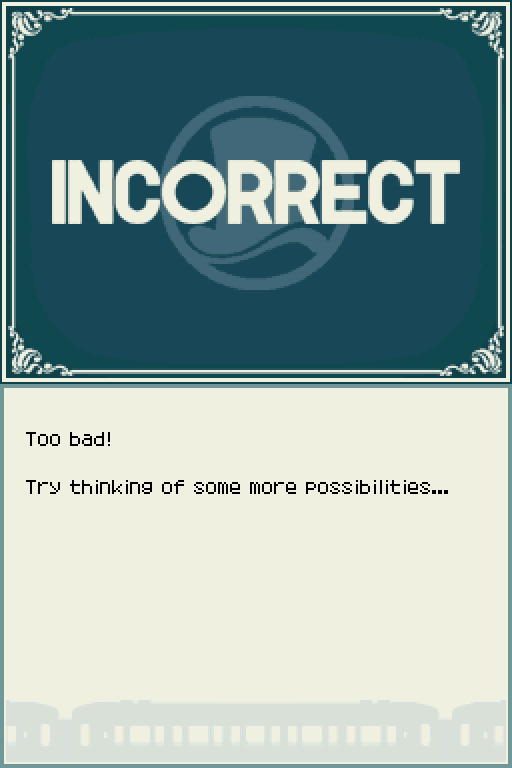
But this puzzle is really not that simple or even nice.
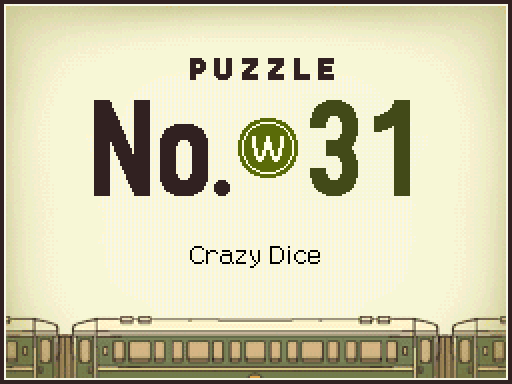
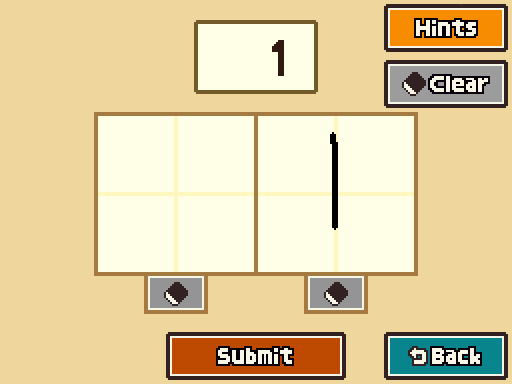
The hint wasn't kidding: this puzzle is a mean ol' jerk-face!


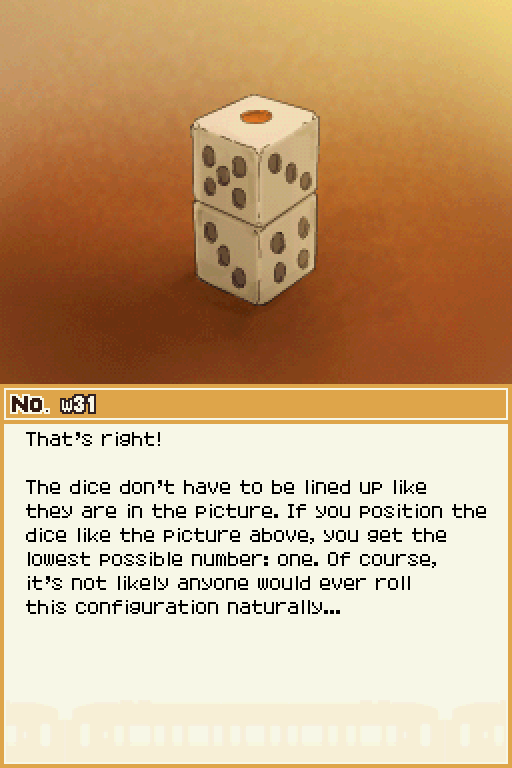

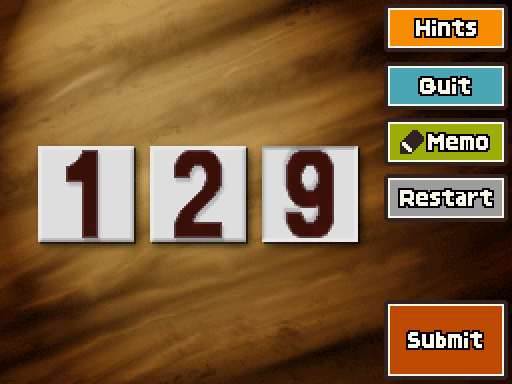
43, 86, 129... now how can I keep 129 with these? Oh obviously you rotate the 6. Like we have done for every puzzle like this. Who do they think they're taxing with this?


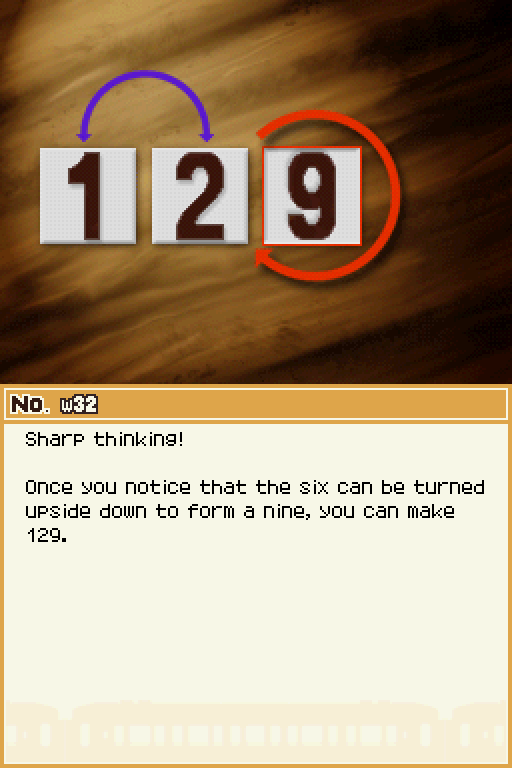
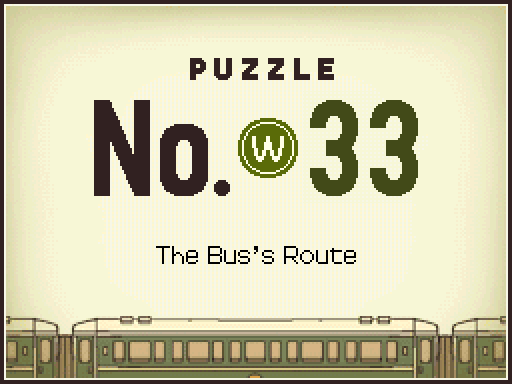
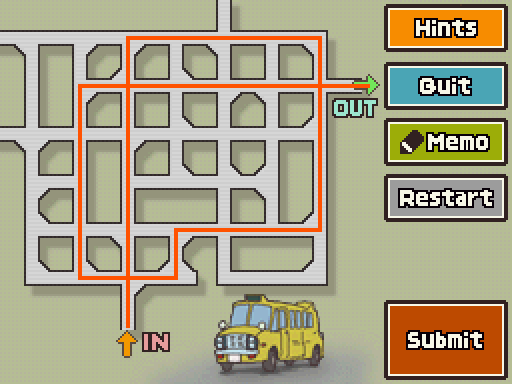


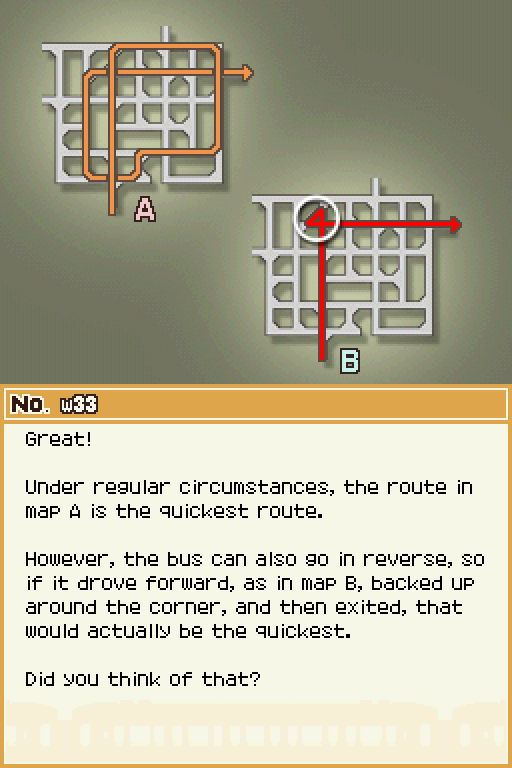
Path B is quicker, certainly, but like the cleaning robot from before it's impossible for us to indicate that. This puzzle type does not allow diagonal lines. Even if it did that one is unmarkable anyway because of its position.
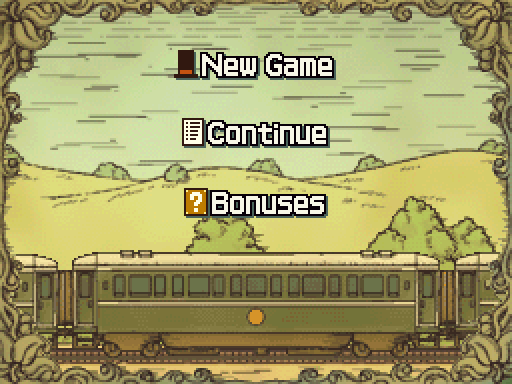
Also that was the last DLC puzzle so we'll switch back to a save file that's more than one minute into the game.
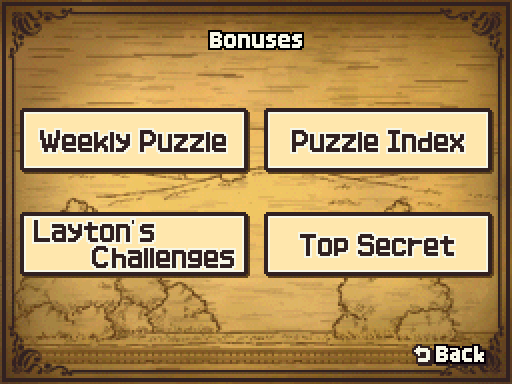
'Cos that means we can go into the Bonuses section and have a couple of valid options. We'll do Top Secret later though! Weekly Puzzle was just finished so that leaves Layton's Challenges.
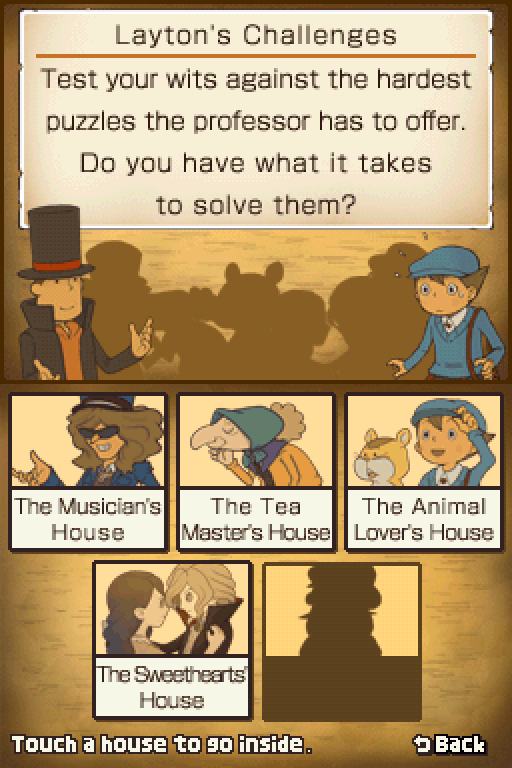
Only four fifths of it are available right now, though. We'll do these in a sensible order, I think. Starting with the Musician's House.
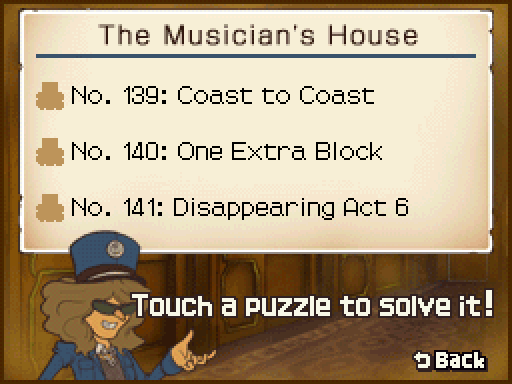
Much like in Curious Village, each house contains 3 puzzles. We'll do these in an equally sensible order. Start from the top!
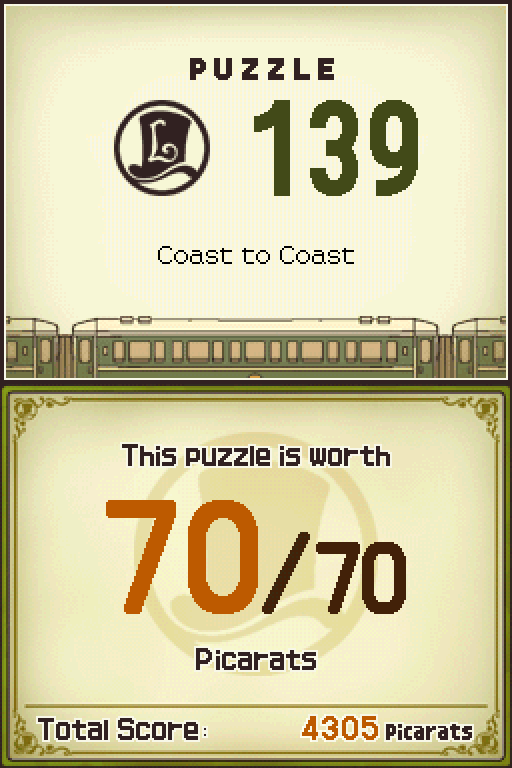

1. Think about the rotation of the earth. The time in locations farther to the east is ahead of that of more western locales. Therefore, given a three-hour time difference, when it's noon in Los Angeles, it must be 15:00 in New York.
2. Taking into account the time difference, the plane left Los Angeles at 15:00 New York time and landed at 20:00. Therefore, the flight itself must have taken five hours.
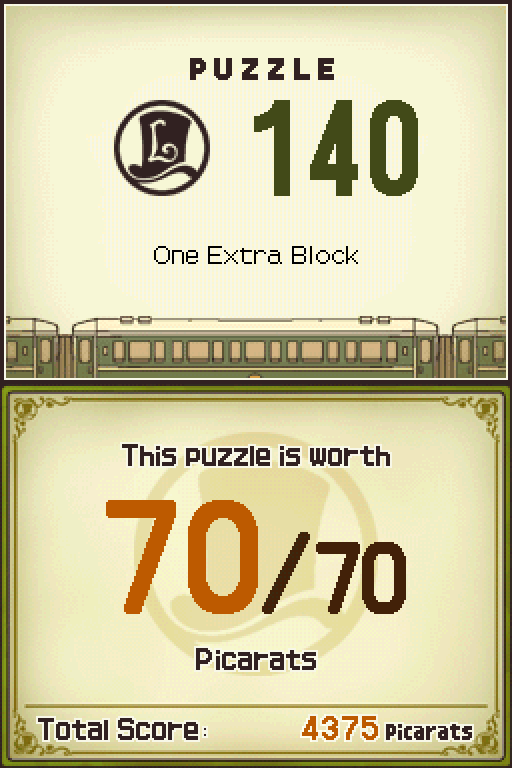
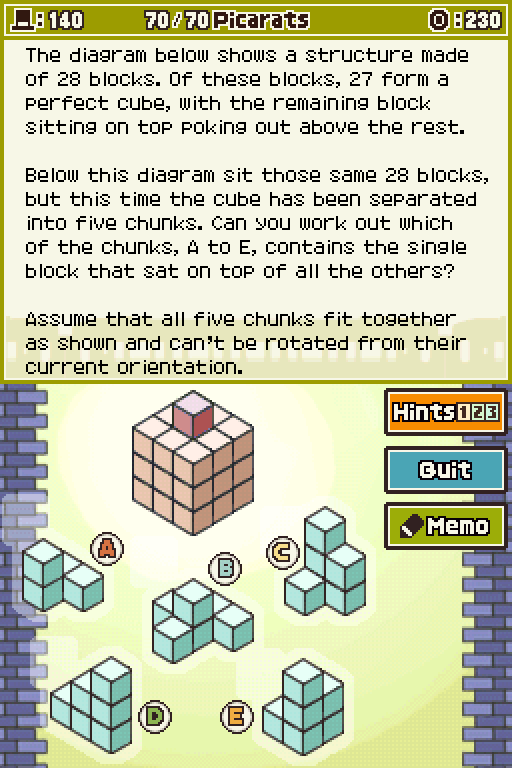
1. If the top block on chunk D were the block you're searching for, then the block on the bottom-left corner would stick out of the cube. D must not be the correct answer. Remeber, each chunk is locked in its current orientation and can't be rotated.
2. If the block you seek was at the top of C, then D would be forced out of the structure when all the chunks were put back together. Chunk C must not be the answer either.
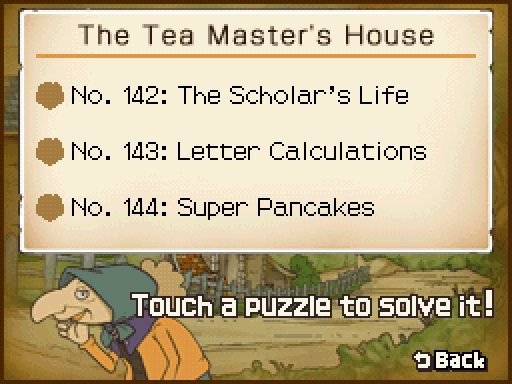
We'll skip over puzzle no. 141 for now. We'll pick it back up later, don't worry.
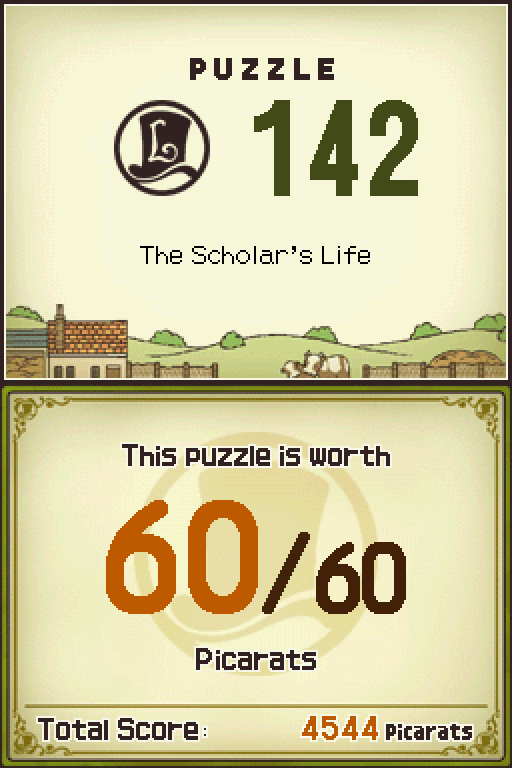
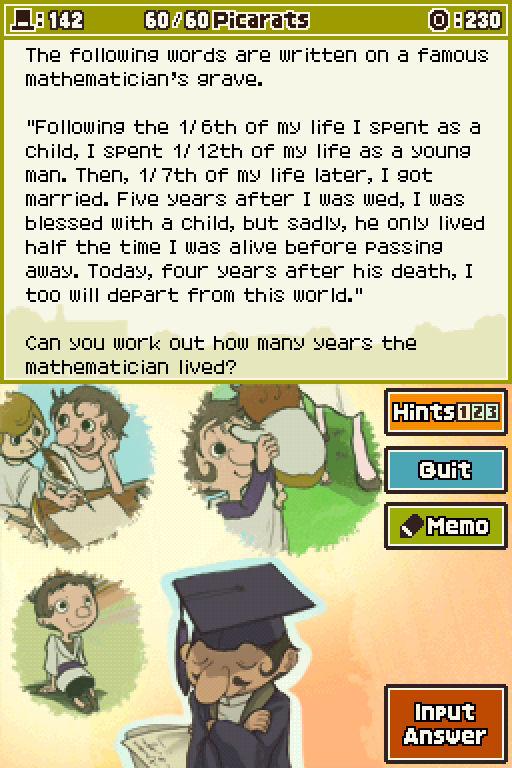
1. Try rigging up a linear equation where this mathematician's life in years equals X.
2. Would you rather not use hard math to solve this puzzle? Have no fear--you can also solve this problem without using a linear equation. By adding together 1/6, 1/12, 1/7, and 1/2 of this man's life, you can express the length of the mathematician's life as fractions, minus the parts that were five and four years long. You can find the answer using only this information.
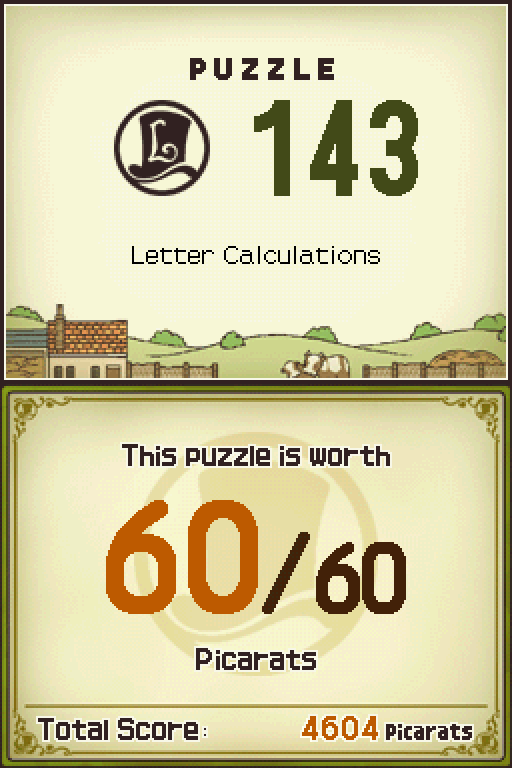
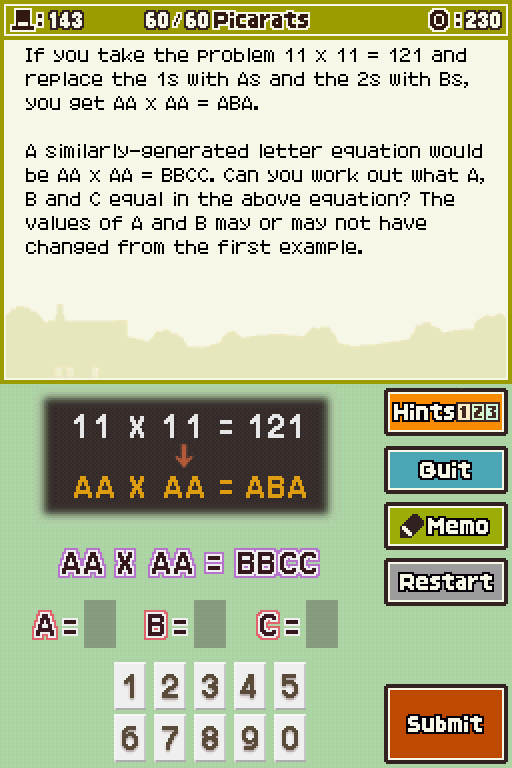
1. Each letter is represented by a single-digit number, so the possibilities for what number represents each letter are fairly limited.
2. If you start by subbing in 1 for A and work your way through ell the other numerical possibilities for A, you'll find your answer before long. What's more, if you use a calculator, trying out every possibility will take only a minute or two. But if you can, try to solve it just using your head.
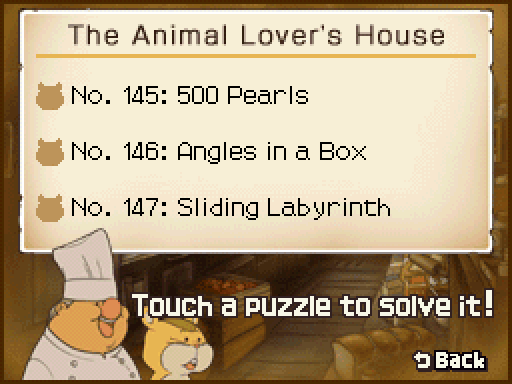
We'll also skip 144 for the time being.
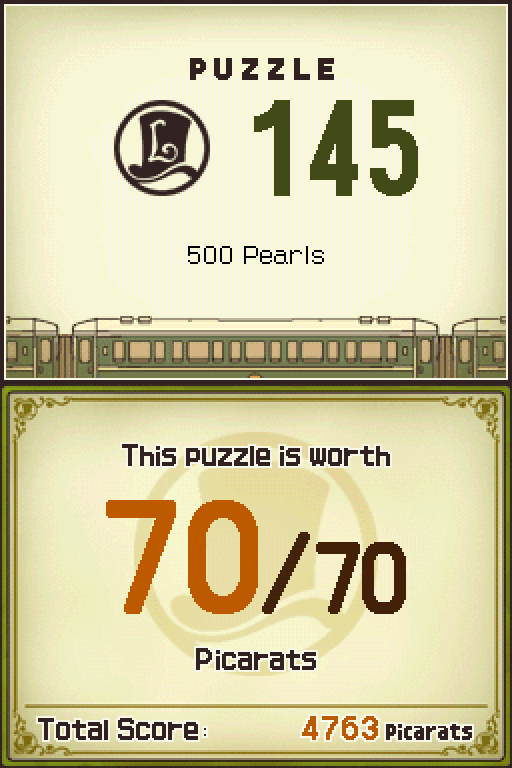
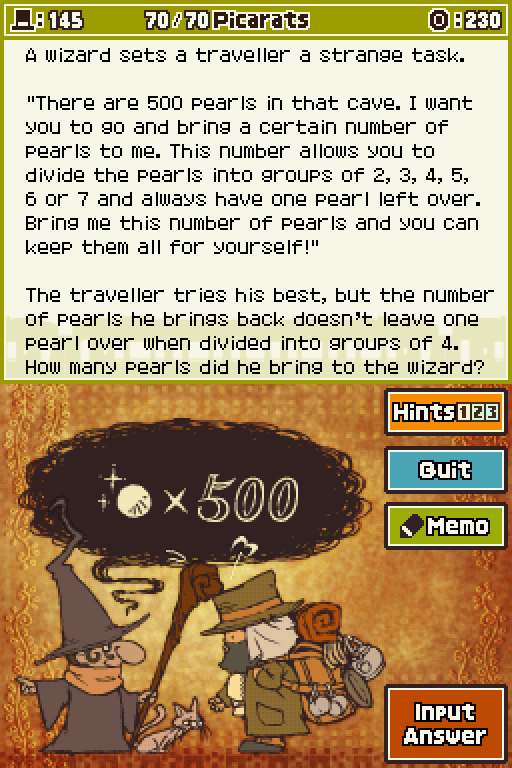
1. Let's see if we can't simplify this one. The magician wants a number that can be divided neatly by a whole number when one pearl is taken away from the totals. To get the number of pearls he's looking for, you need to find a number that can be neatly divided by all numbers two through seven, and then add one to the total.
2. Now let's think about what the traveler actually brought back. To get his number, you must find a number that can be divided by two, three, five, six, and seven, but not four. Then add a single pearl to that number.
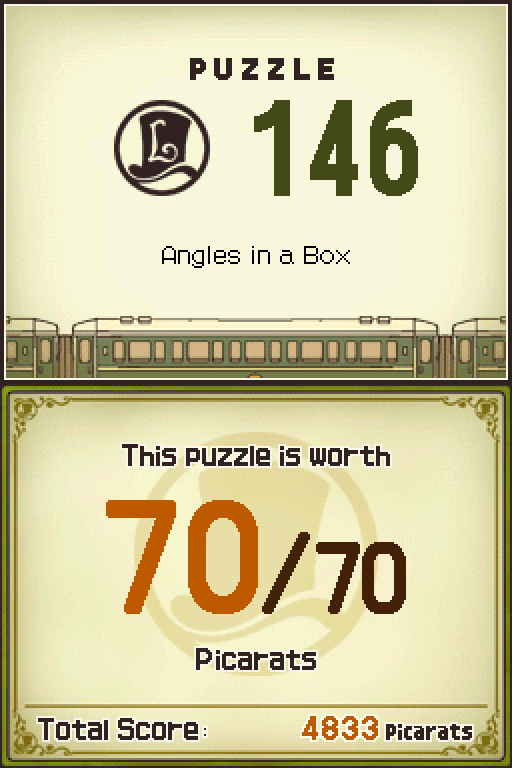
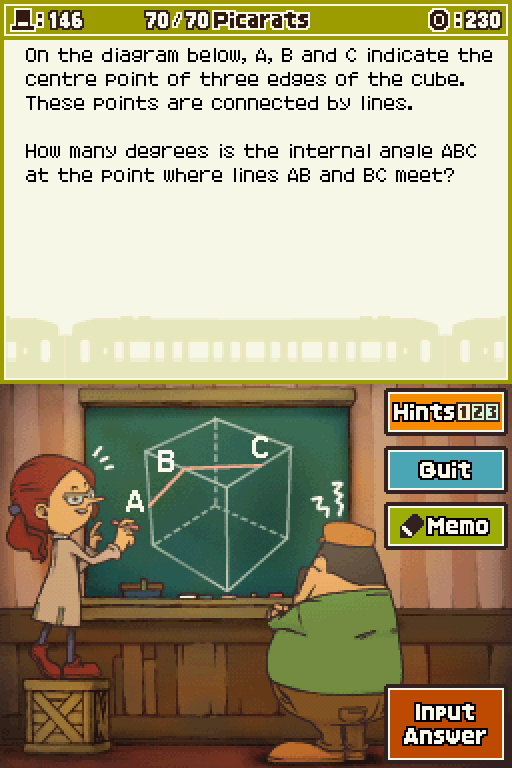
1. There's no need to do any complicated calculations. Visualization is the important part. The three points are each in the center of the sides of a regular cube.
2. The three points are each in the middle of a side on a regular cube. Think about the other center points. What would happen if you continued connecting center points in this fashion?
Well, at least for once they haven't put numbers along AB and BC to cause even further replicas of that Awkward Zombie strip.
...We'll also ignore Puzzle No. 147 'til next time.